Introduction to The Material Types and Characteristics of Metal Furniture
 Apr 30,2025
Apr 30,2025

 Topmax Furniture
Topmax Furniture
Metal furniture has become a staple in both residential and commercial interiors and exteriors, known for its durability, sleek aesthetics, and minimal maintenance. Whether used for stylish indoor dining chairs, outdoor patio sets, or functional commercial seating, metal-based furniture is valued for its strength and design versatility. For over two decades, as a seasoned metal furniture manufacturer, we've witnessed the evolution of materials used in this segment, and understand how each type of metal offers unique advantages in different applications. Now we will provide an in-depth exploration of the main metal types used in furniture manufacturing and their defining characteristics.
The parts of metal furniture are mainly made of metal, and some metal furniture also have auxiliary materials such as wood, soft, plastic, etc. Metals mainly include two categories: ferrous metals and non-ferrous metals. Because of its rich metal resources, good performance and many excellent styling characteristics, it is also widely used in the furniture field.
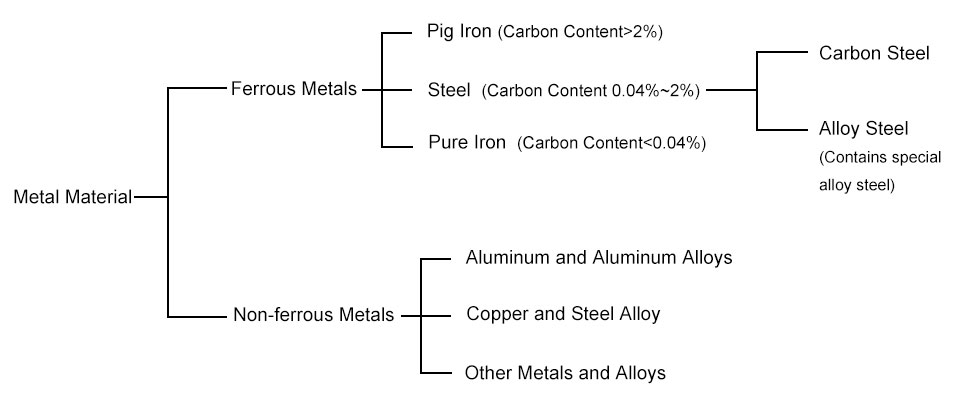
The surface of metal materials has good reflective ability, opacity and metallic luster, and can present the unique colors of the metal itself. For example, silver and aluminum are silver-white, iron is gray-white, and copper is orange-yellow. It has excellent mechanical properties and has high melting point, strength, stiffness and toughness. It has excellent processing properties, including plastic molding, casting, cutting and welding properties. The surface has good craftsmanship. Various decorative processes can be used to obtain ideal texture on the metal surface. For example, different texture texture effects can be obtained by cutting and fine processing; the mirror effect of chrome polishing gives people a luxurious feeling; the surface after chrome-blasting becomes a particle texture, resulting in a natural, gentle and elegant grayish white; coating, electroplating, and metal oxidation coloring on the metal surface can obtain various colors.
At present, the main metal materials commonly used in furniture manufacturing include steel, cast iron, copper alloy, aluminum alloy, etc.
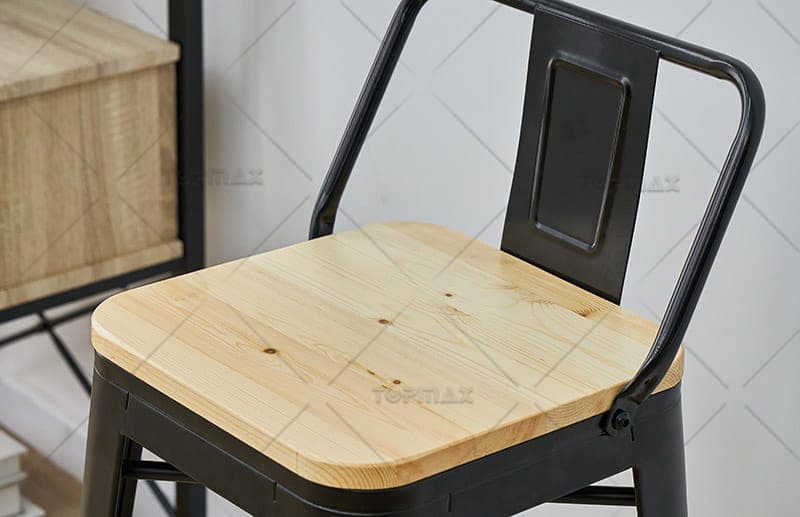
Steel
Steel is an iron-carbon alloy with a carbon content of between 0.02% and 2.11%. Steel also contains elements such as silicon, manganese, sulfur, and phosphorus. According to its chemical composition, it can be divided into carbon steel and alloy steel.
1) Carbon steel, also known as carbon steel, usually increases the strength and hardness of the steel, and decreases plasticity, toughness and weldability as the carbon content increase. According to carbon content, it can be divided into three categories:
Low carbon steel. The carbon content is below 0.25%, and it has low strength, high plasticity, high toughness, good processability and welding properties. It is suitable for manufacturing parts and structural parts with complex shapes and needs to be welded.
Medium carbon steel. The carbon content is 0.25%~0.6%, with a certain strength, plasticity and moderate toughness. It has good comprehensive mechanical properties after heat treatment. It is mostly used to manufacture gears, bearings and other mechanical parts that require strength and toughness.
High carbon steel. It has a carbon content of more than 0.6%, has high strength and hardness, good wear resistance, low plasticity and toughness. It is mainly used to manufacture tools, cutting tools, springs and wear-resistant parts.
2) Alloy steel, steel with an appropriate amount of one or several alloy elements added to carbon steel has high comprehensive mechanical properties and certain special physical and chemical properties. Alloy steels are divided into low alloy steel (total content below 5%), medium alloy steel (total content 5%~10%), and high alloy steel (total content 10% or more weight).
The main procurement of steel is strip steel (hereinafter referred to as narrow strip steel, and above 600mm is called wide strip steel) and steel plates. The former is processed into various types of pipes for bending and forming; the latter is processed into strips and block-shaped sheets, stamping and forming according to structural requirements.
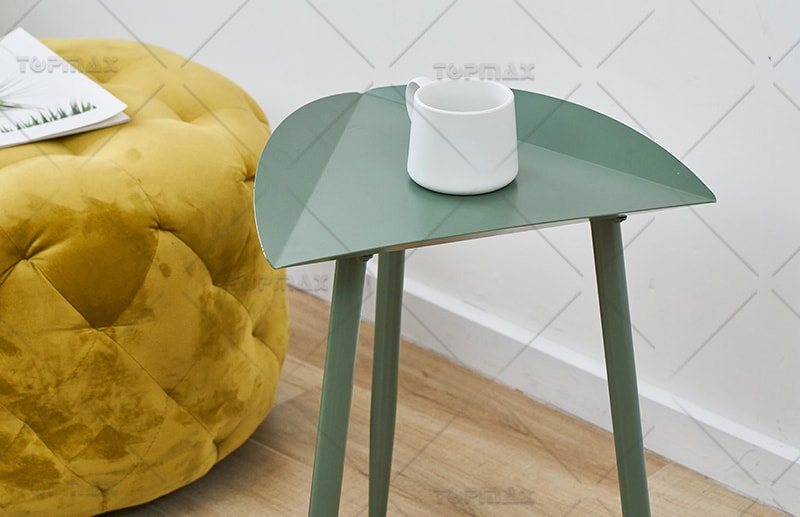
The pipes used for metal furniture are mostly high-frequency welded pipes, which are high in strength, elastic and easy to bend, which is conducive to styling and easy to engage with other materials. After surface coating and coating, the colors are diverse and beautiful, and are often used as a supporting frame. Common ones include round tubes, and the more popular ones include square tubes, rectangular tubes, semi-elliptical tubes, diamond tubes, shuttle tubes, fan tubes, triangular tubes, side tubes and other special-shaped tubes. The strip steel used in pipes should comply with relevant national standards. Steel pipes that use high-frequency welding generally have wall thickness of 1.5mm, and the outer diameters are ∮13, ∮14, ∮16, ∮18, ∮19, ∮20, ∮22, ∮25, ∮28, ∮32, ∮36 (unit: mm). Commonly used are ∮14, ∮19, ∮22, ∮25, ∮32, ∮36 (unit: mm). The diameter increments facilitate the connection of pipe fittings on furniture structures. The thickness of the commonly used plates for metal furniture is 0.8~3mm. All plates used for bending or drawing should comply with national standards and relevant technical conditions for ordinary carbon structural steel, low alloy structural steel thin steel plates and cold-rolled thin steel plates for deep stamping.
In the production of metal furniture, wire mesh is used to make various bed drawers and folding bed straps. The steel wire mesh used for furniture is generally made of high-quality carbon steel with above 45 steel, such as 45Mn, 65Mn, etc., and the diameter of the steel wire is generally ∮0.8mm; the surface galvanized steel wire is woven by a mesh weaving machine, and the steel wires are spiraled and intersected to form a mesh surface, and have a certain degree of elasticity; finally, it is made by clamping according to the required web size. In addition, furniture components can be made of low alloy high-strength steel, such as 16Mn, which is a small amount of alloy element Mn added to low carbon steel, so that it has good weldability, good toughness and plasticity, and has a significantly higher strength than the same amount of carbon steel. While ensuring strength, it can reduce the weight of the furniture structure and save steel.
Cast iron
Cast iron is an iron-carbon alloy with a carbon content of 2.11% to 4.0%. It has low melting point, good casting performance, cutting performance, wear resistance and vibration damping, simple production process and low cost, and can be used to manufacture various parts with complex structures and shapes. Commonly used cast iron materials include gray cast iron, forged cast iron and ductile cast iron. It is mostly used in the production of certain parts of furniture, such as tables, chairs, legs, bases, and other parts that bear high pressure and stability requirements.
Copper alloy
Brass is a copper alloy with zinc as the only or main alloying element. Brass can be divided into pressure-processed brass and cast brass. Brass has excellent deformation ability and corrosion resistance, and is beautiful golden yellow. It is often used to make decorative parts of furniture. Cast brass can produce artistic furniture or furniture decoration parts through die casting and other processes;
Tin bronze contains generally 3%~14%, and tin bronze with Sn content less than 7% has good plasticity and is suitable for pressure processing; tin bronze with Sn maximum of 10% has low plasticity and high strength, and can be used for casting. Tin bronze has low casting shrinkage, suitable for castings with complex casting shapes and high requirements for dimensional accuracy; Tin bronze also has good corrosion resistance. Through casting, you can obtain a simple and elegant shape, which can be used in the production of bedding.
Aluminum alloy
Aluminum has excellent characteristics. Pure aluminum has a small density, about 2.7g/cm, equivalent to one-third of copper, and is a light alloy. Melting point 660℃. After crystallization, aluminum has a face-centered cubic lattice and has high plasticity, and can undergo various plastic processing. Pure aluminum is silver-white, and the affinity of aluminum and oxygen is great, which can form a dense aluminum oxide film to isolate the air to prevent further oxidation, so it has good oxygen resistance in the atmosphere.
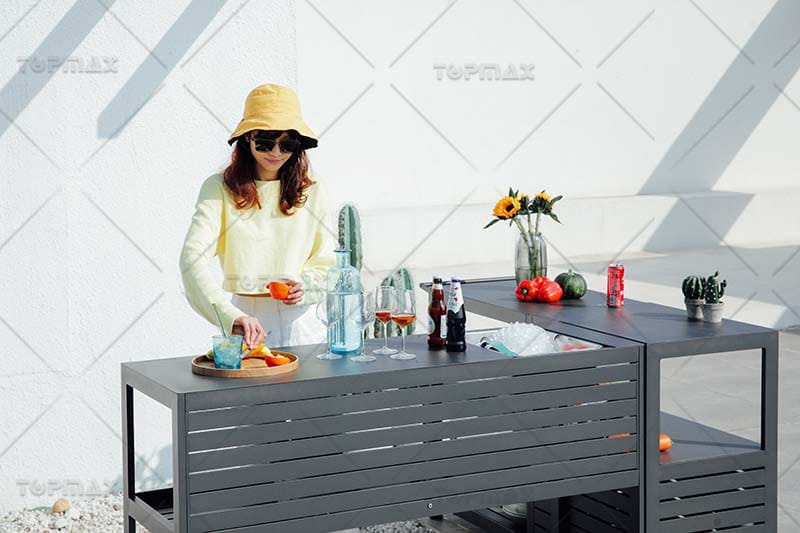
Aluminum alloy is an ideal light metal material for making metal furniture. The furniture made is light and sturdy, easy to carry, and beautiful in color. Commonly used aluminum alloys include forged aluminum, anti-rust aluminum, hard aluminum, super hard aluminum, special aluminum, etc. When selecting materials, you should select materials or alloys that can withstand heat treatment and have good corrosion resistance and cutting process performance according to the requirements of furniture design to prevent cold cracks and thermal cracks from occurring during the production process. Aluminum alloy furniture generally uses AI-Mg-Si alloy materials, which are of medium strength, high corrosion resistance, no tendency to stress corrosion and fracture, and have good welding performance. Its material types include pipes, boards, profiles, strips, bars, wires, etc. The aluminum alloy pipe used for making furniture can be rolled into various shapes according to the requirements of use, structure, connection, etc., and can be designed to make ideal outer contour lines.
 Inquire Now
Inquire Now



 Home
Home How Does Sofa Manufacturer Make Wooden Sofa Frame?
How Does Sofa Manufacturer Make Wooden Sofa Frame?  You May Also Like
You May Also Like 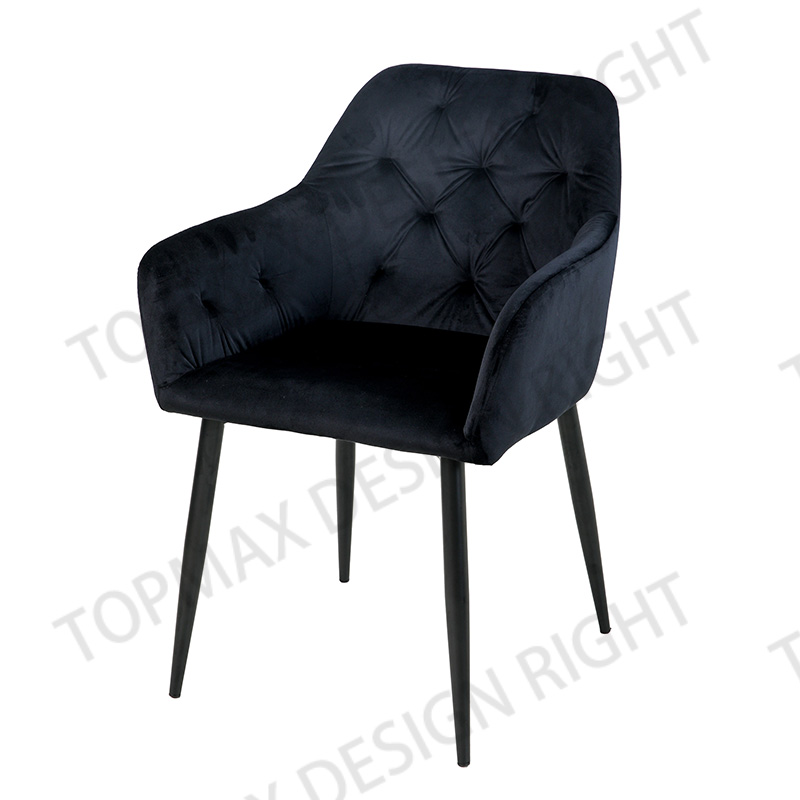

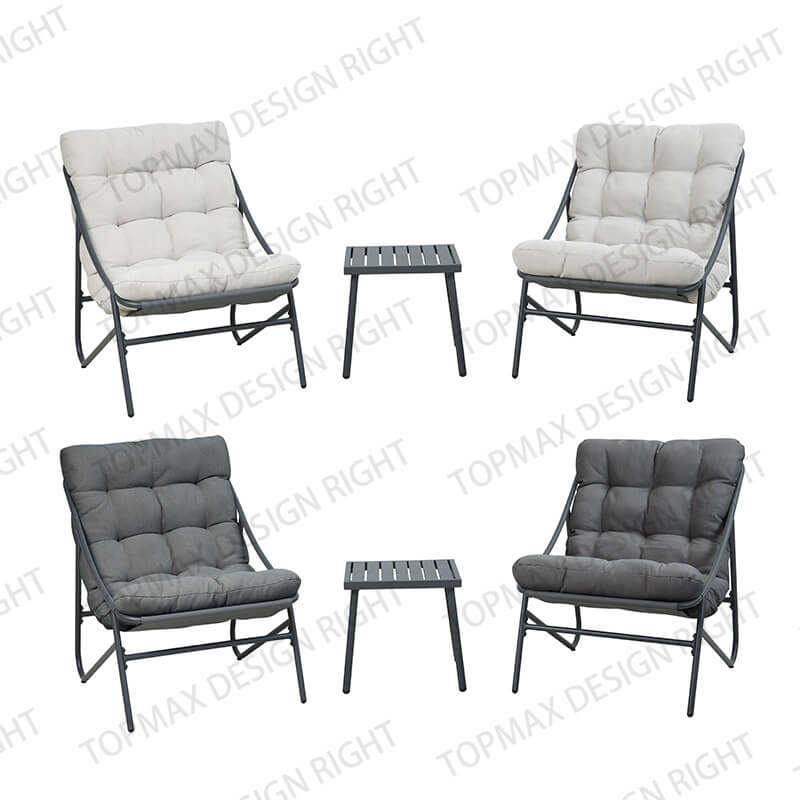
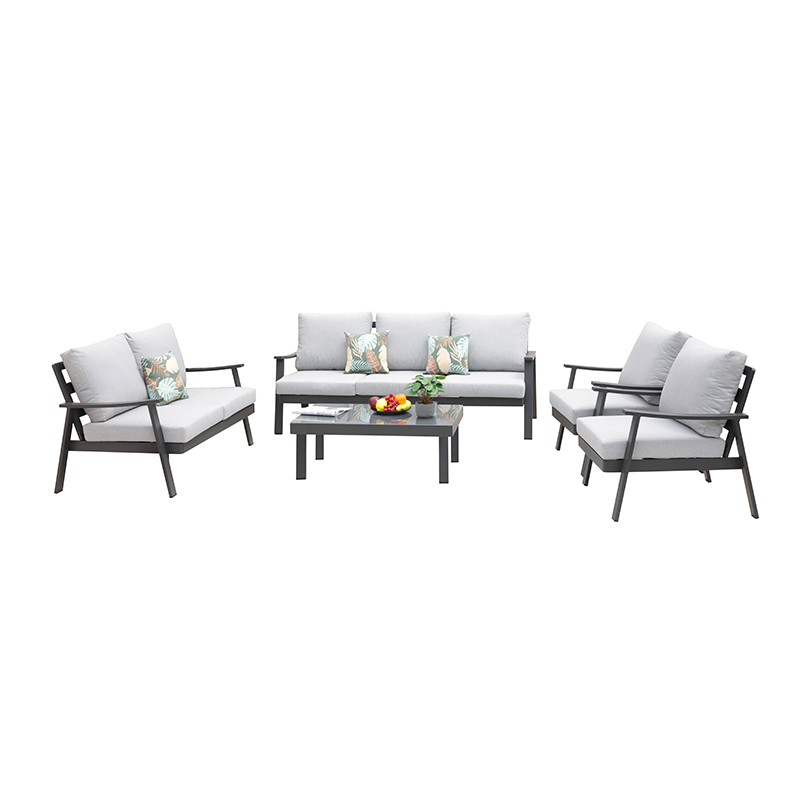
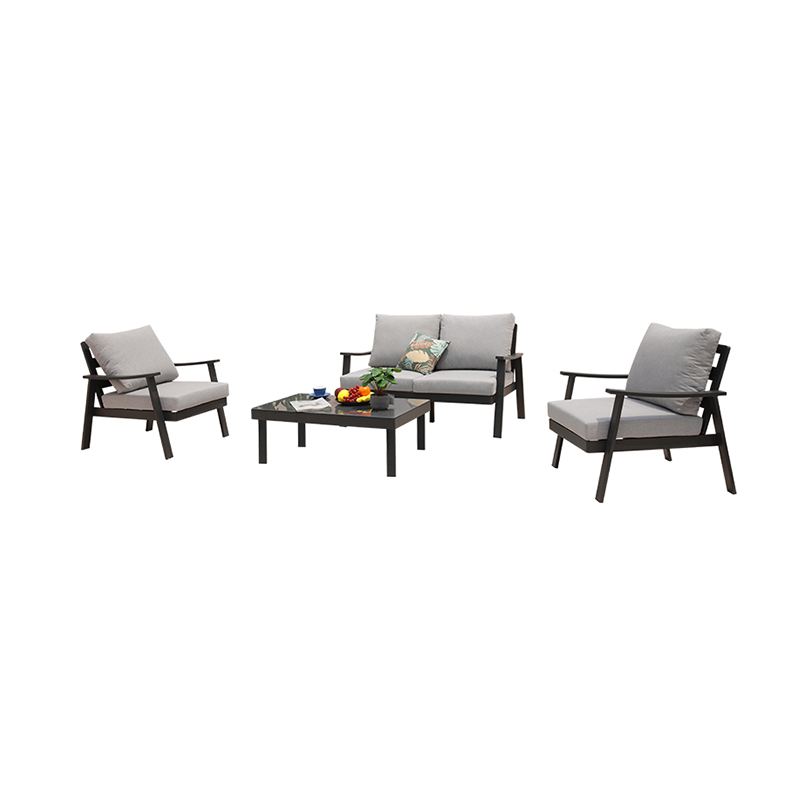
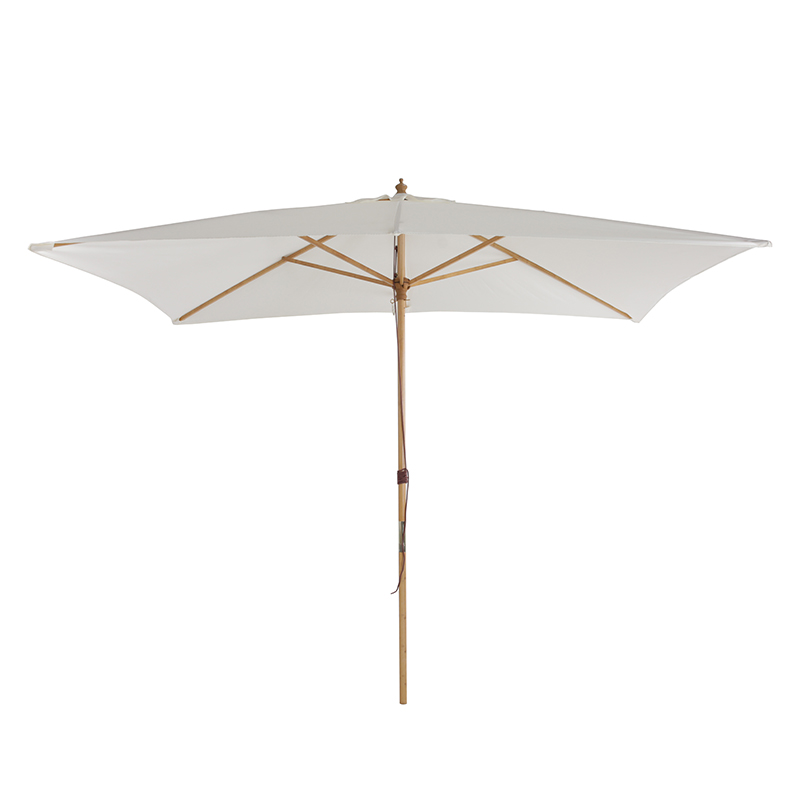
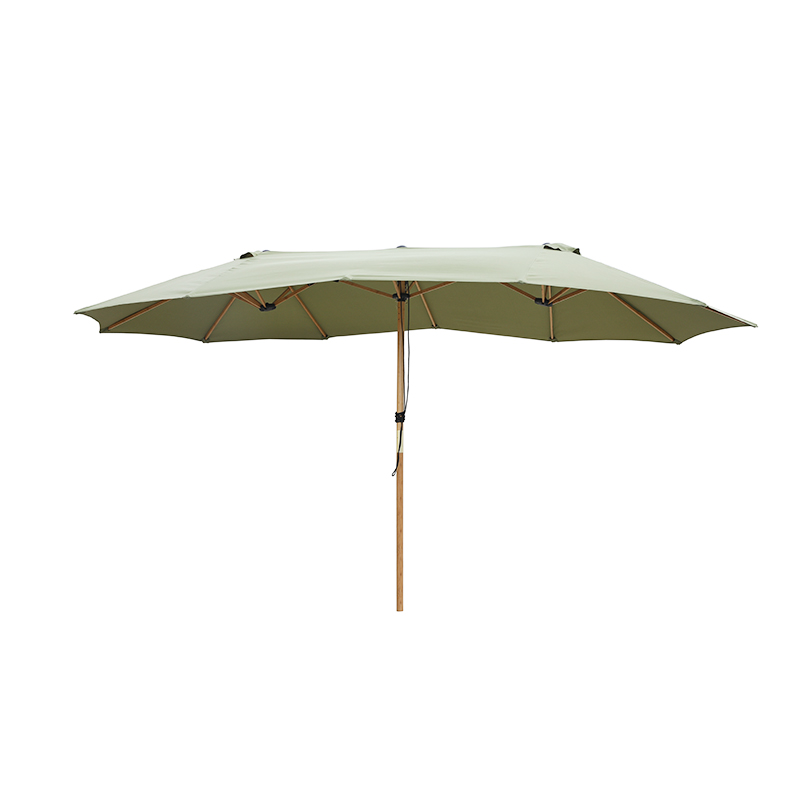
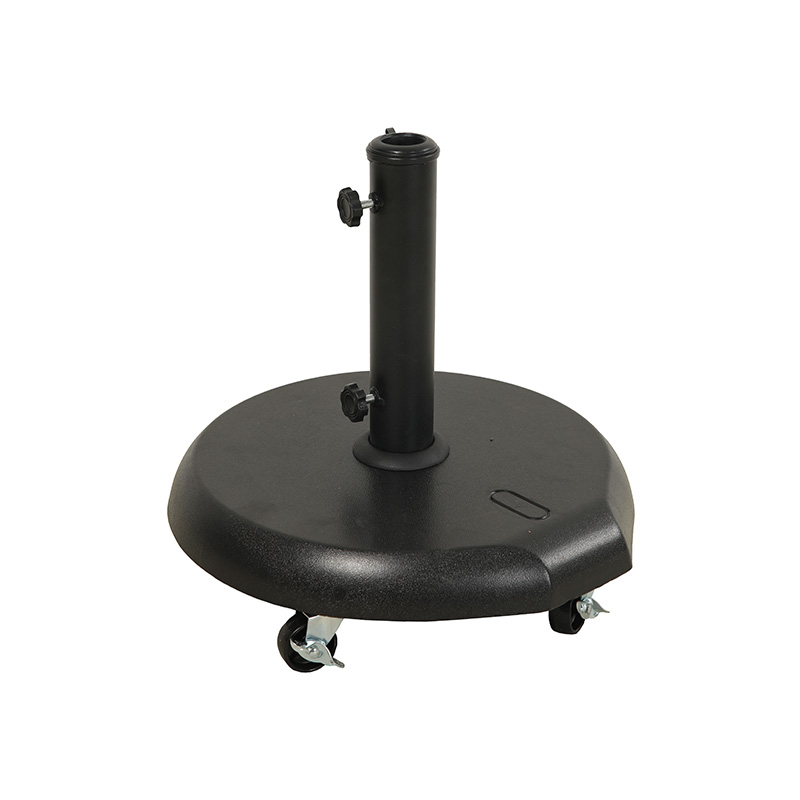
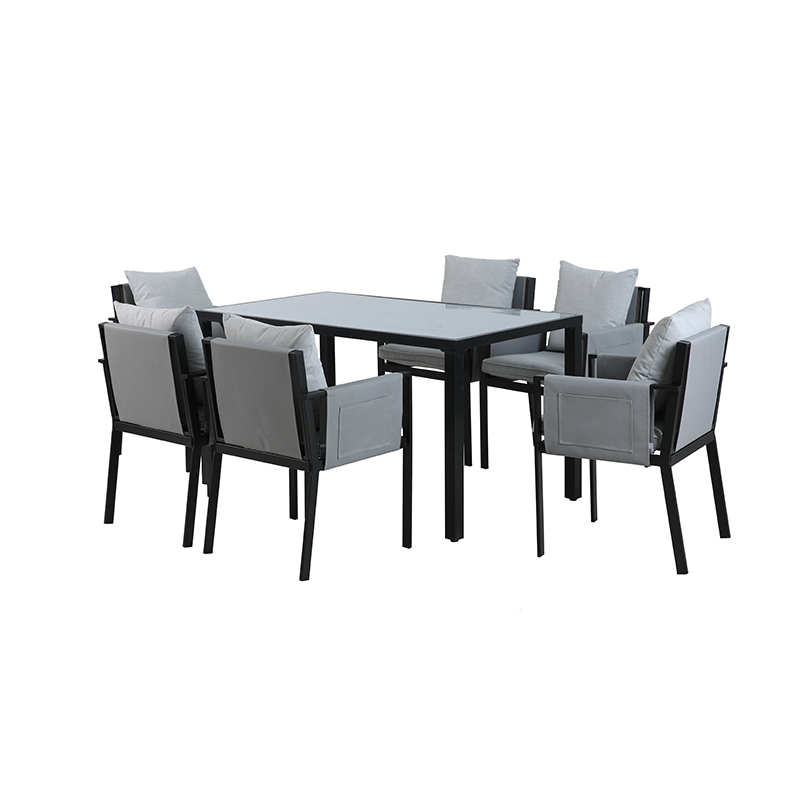
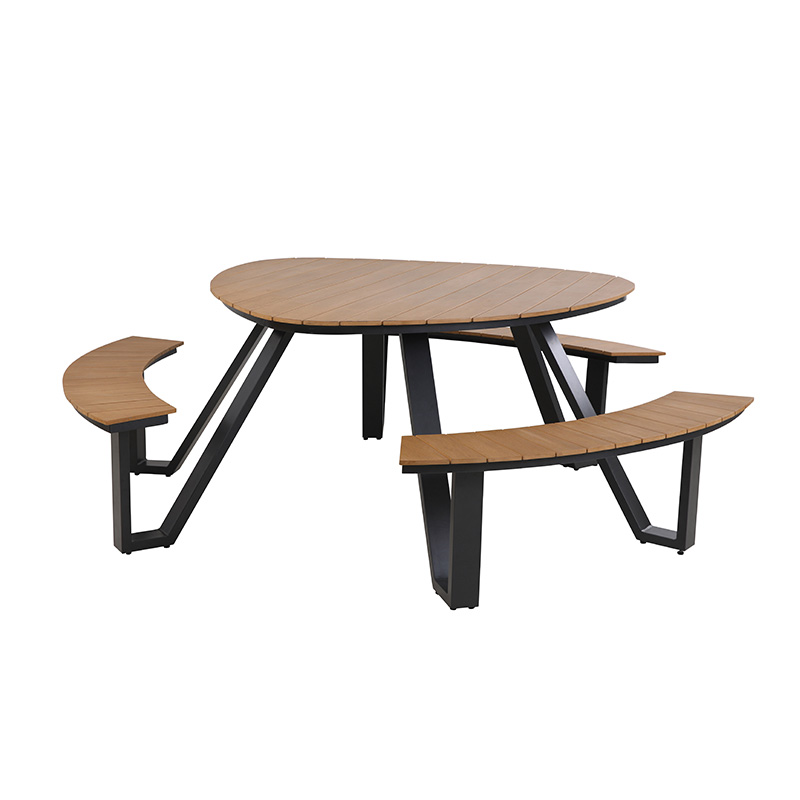
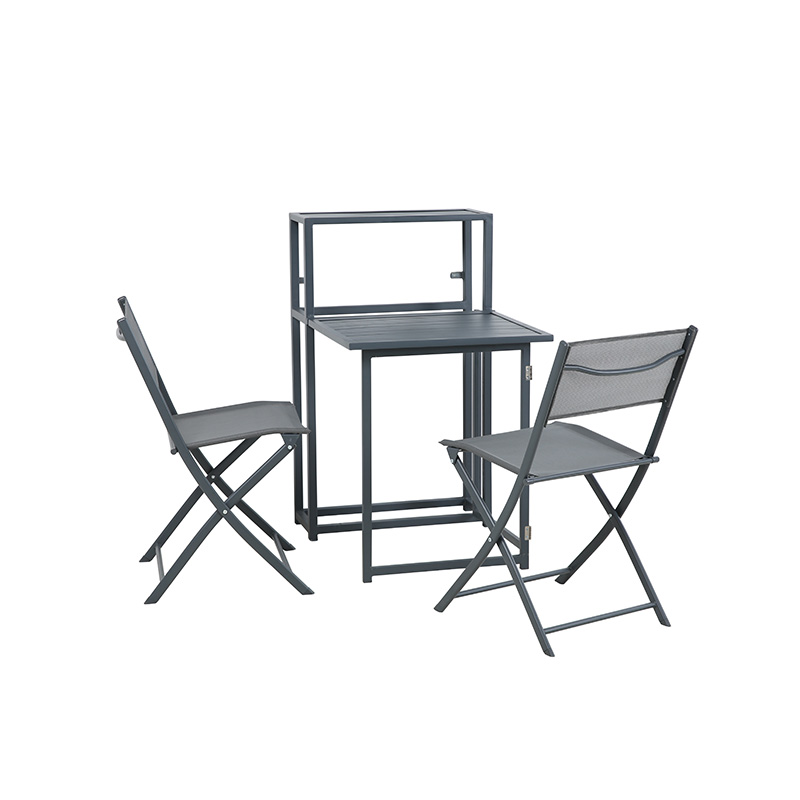
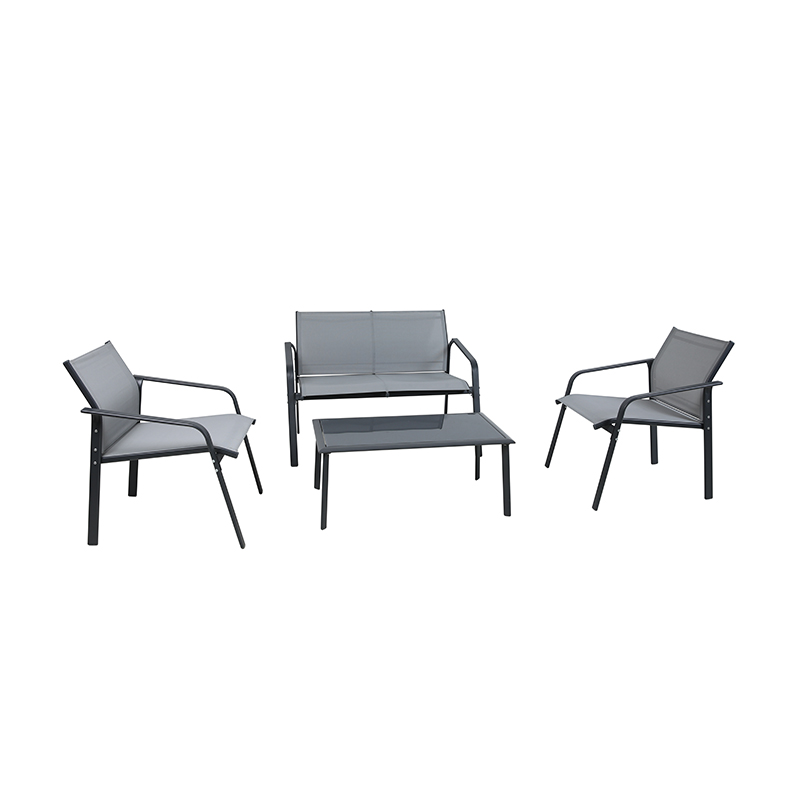
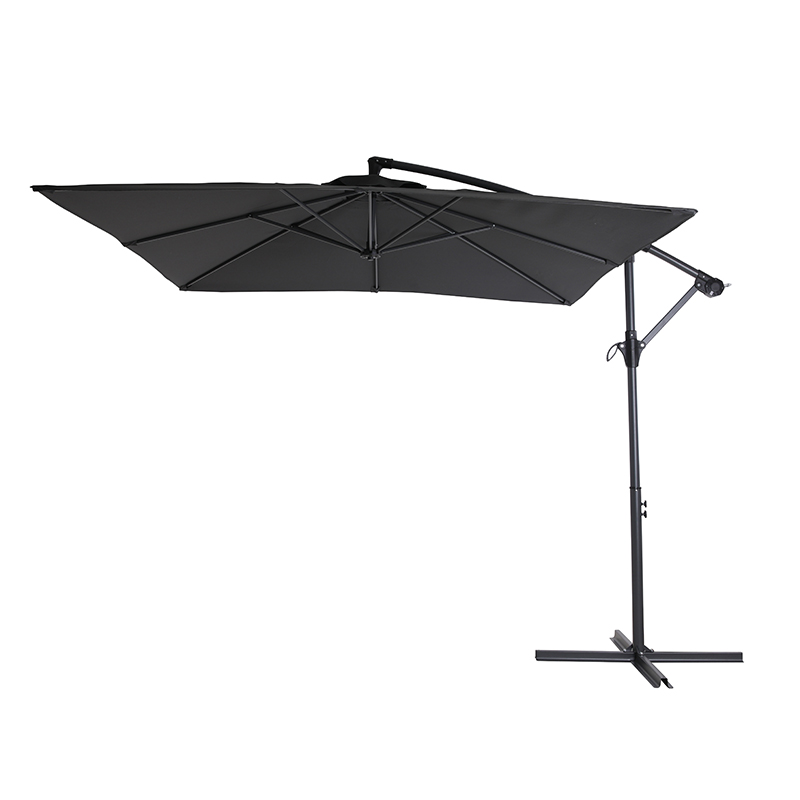
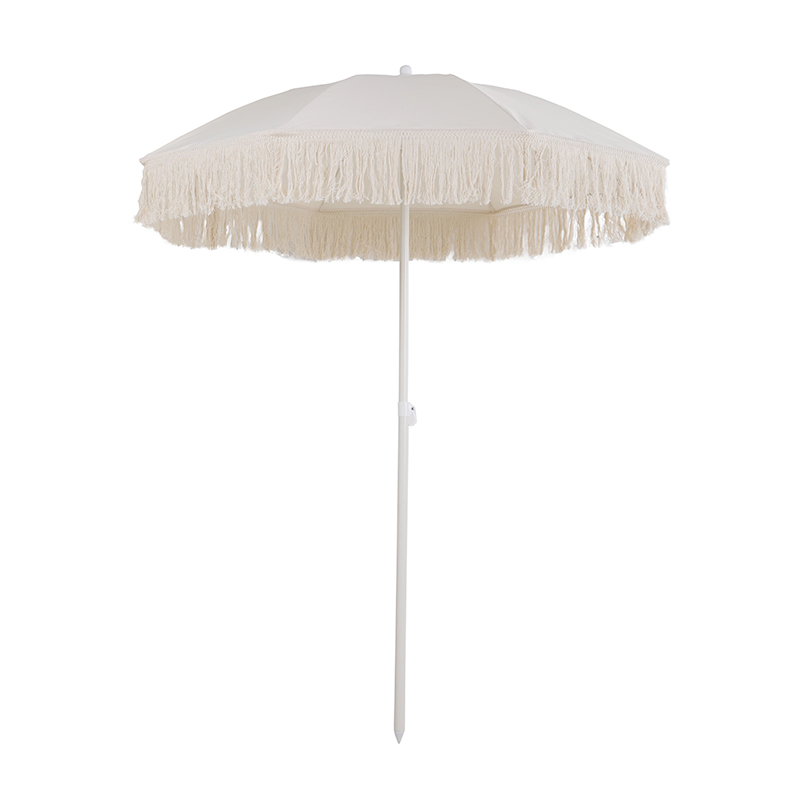

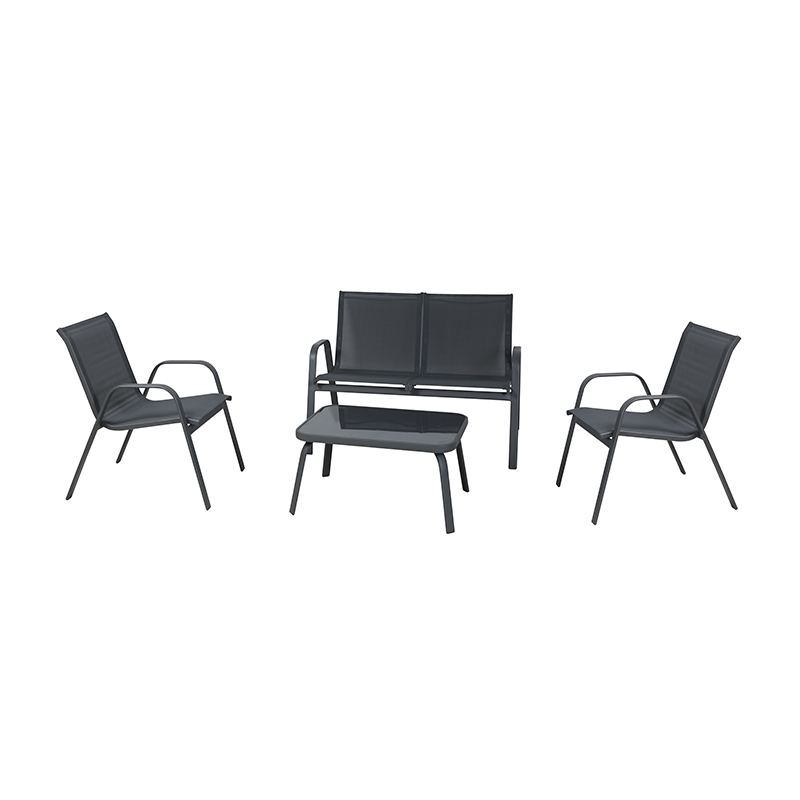
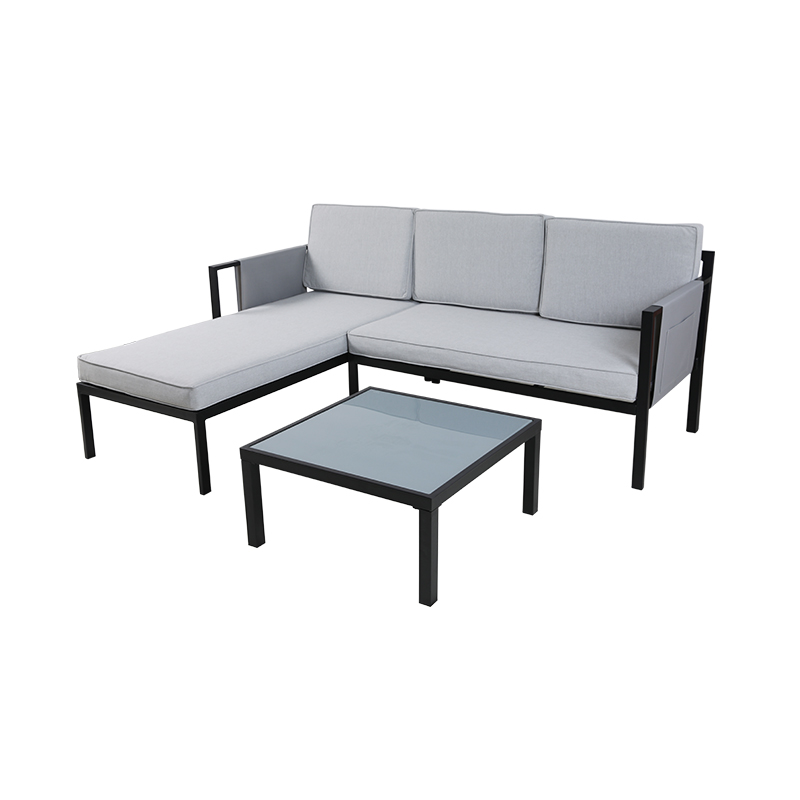
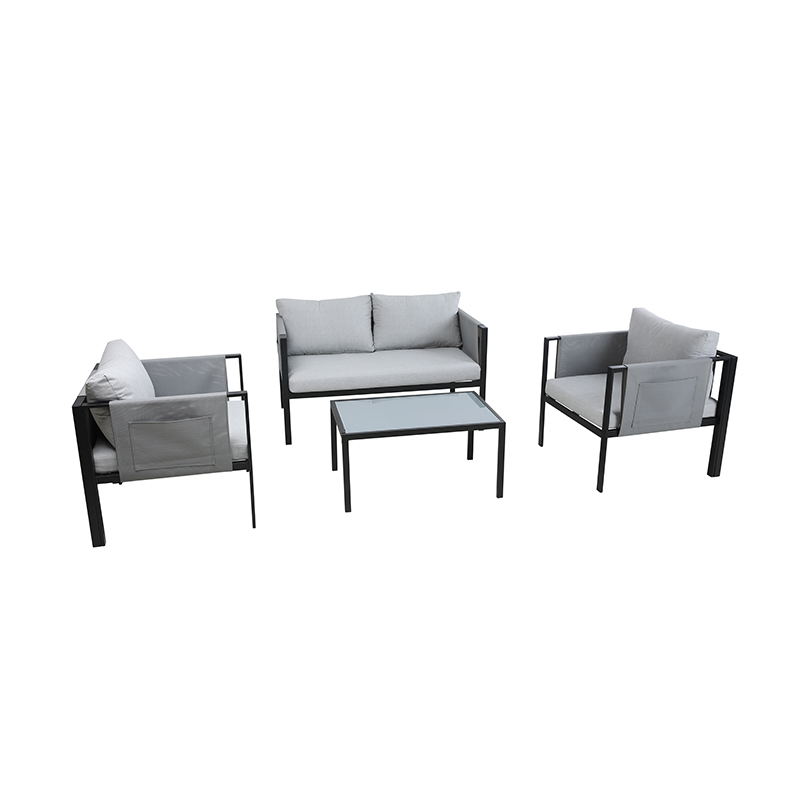
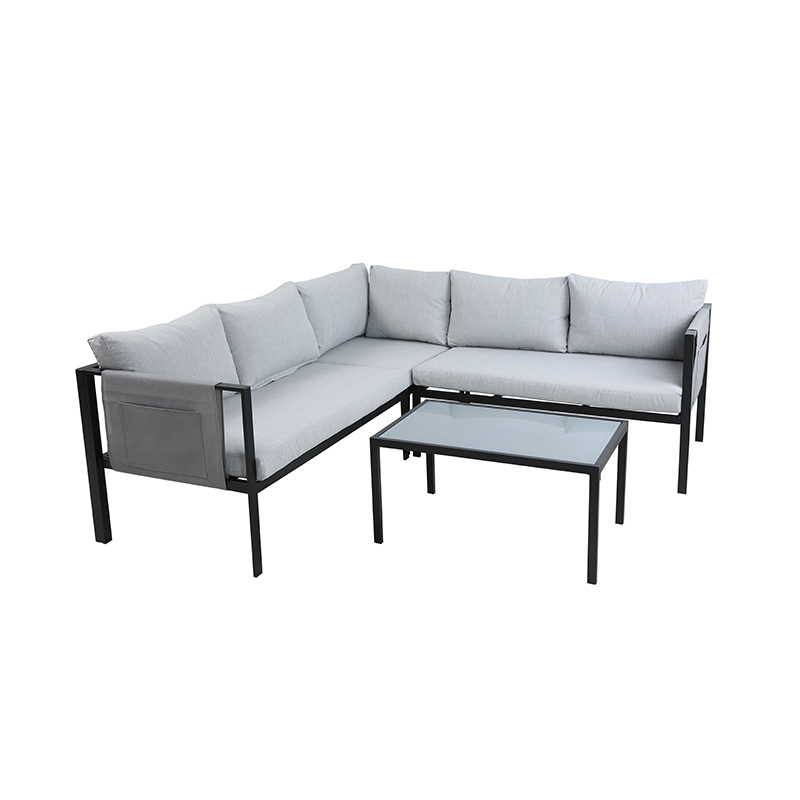
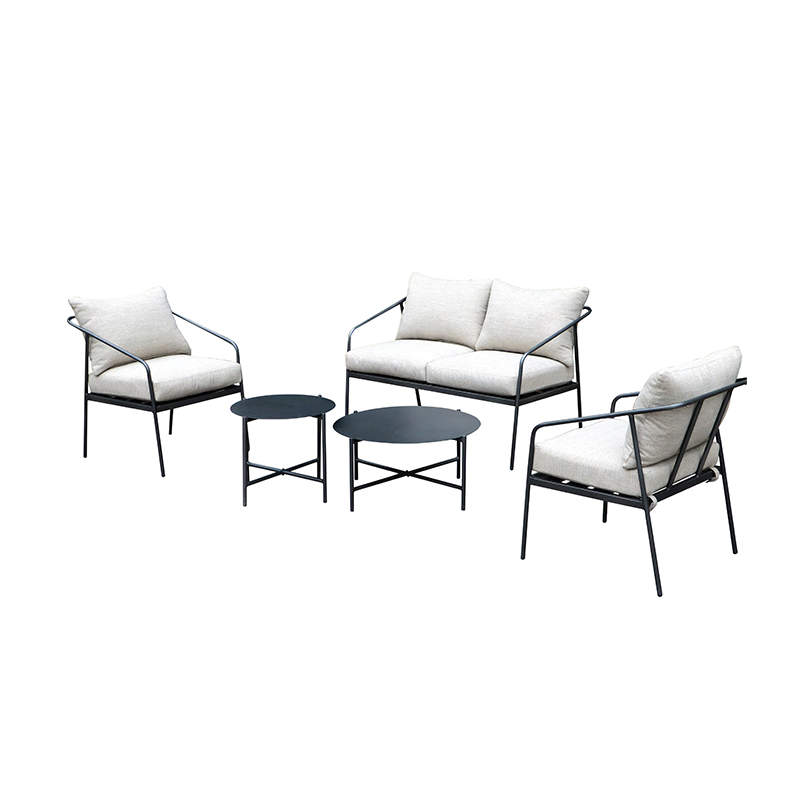
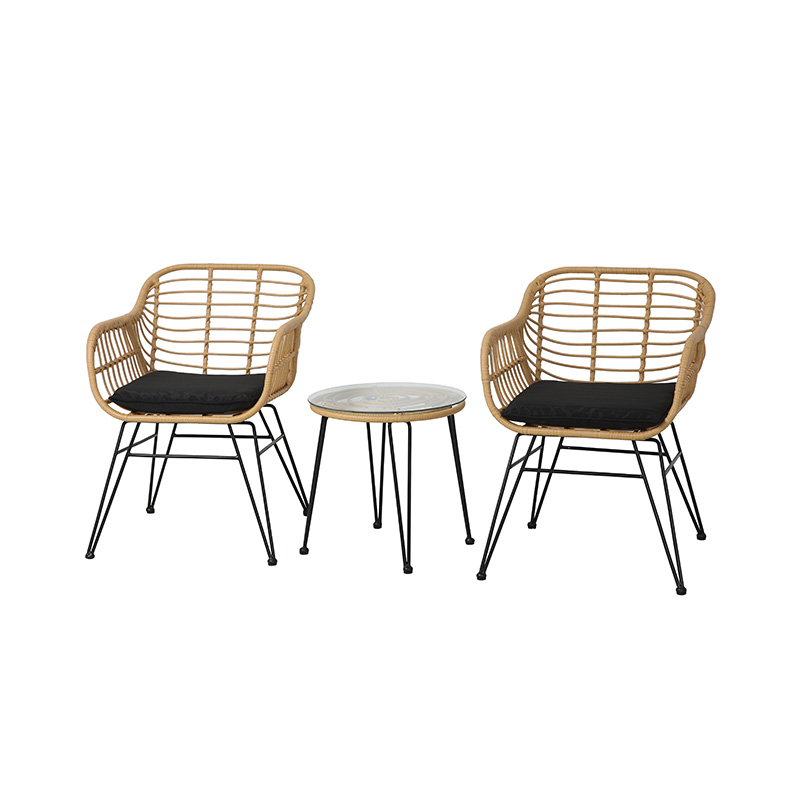

 Tel
Tel  Email
Email  ADDRESS
ADDRESS 














